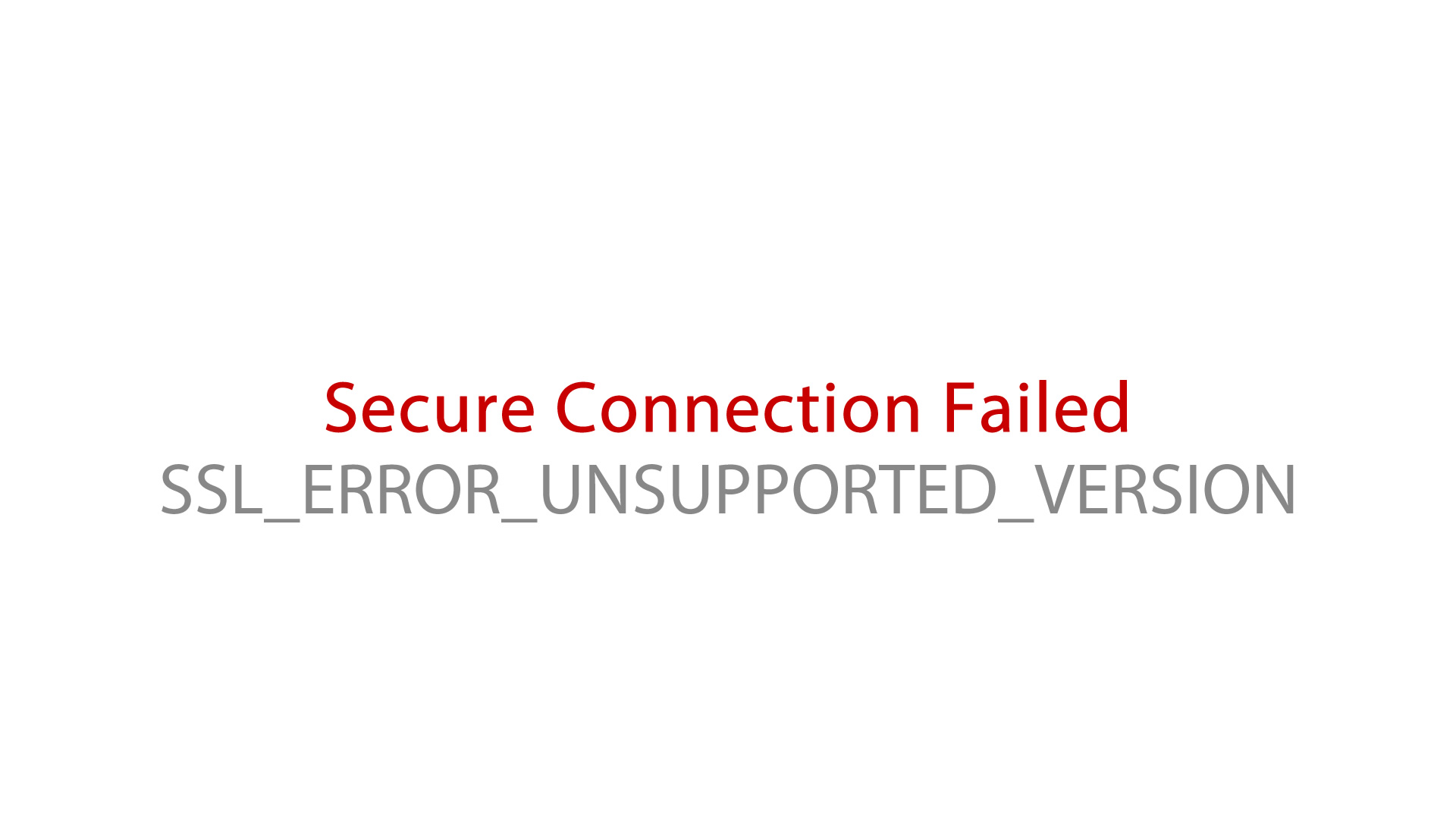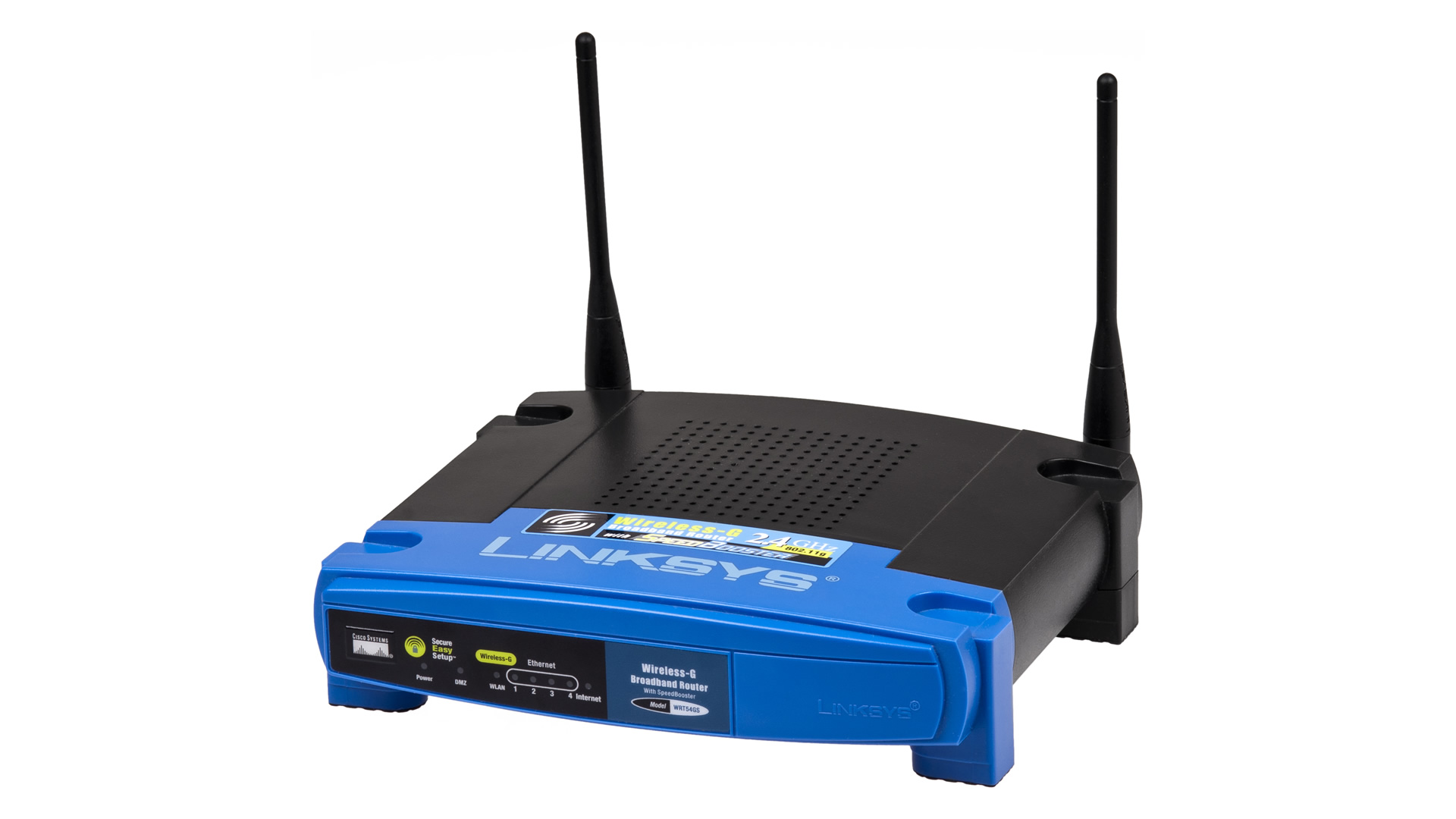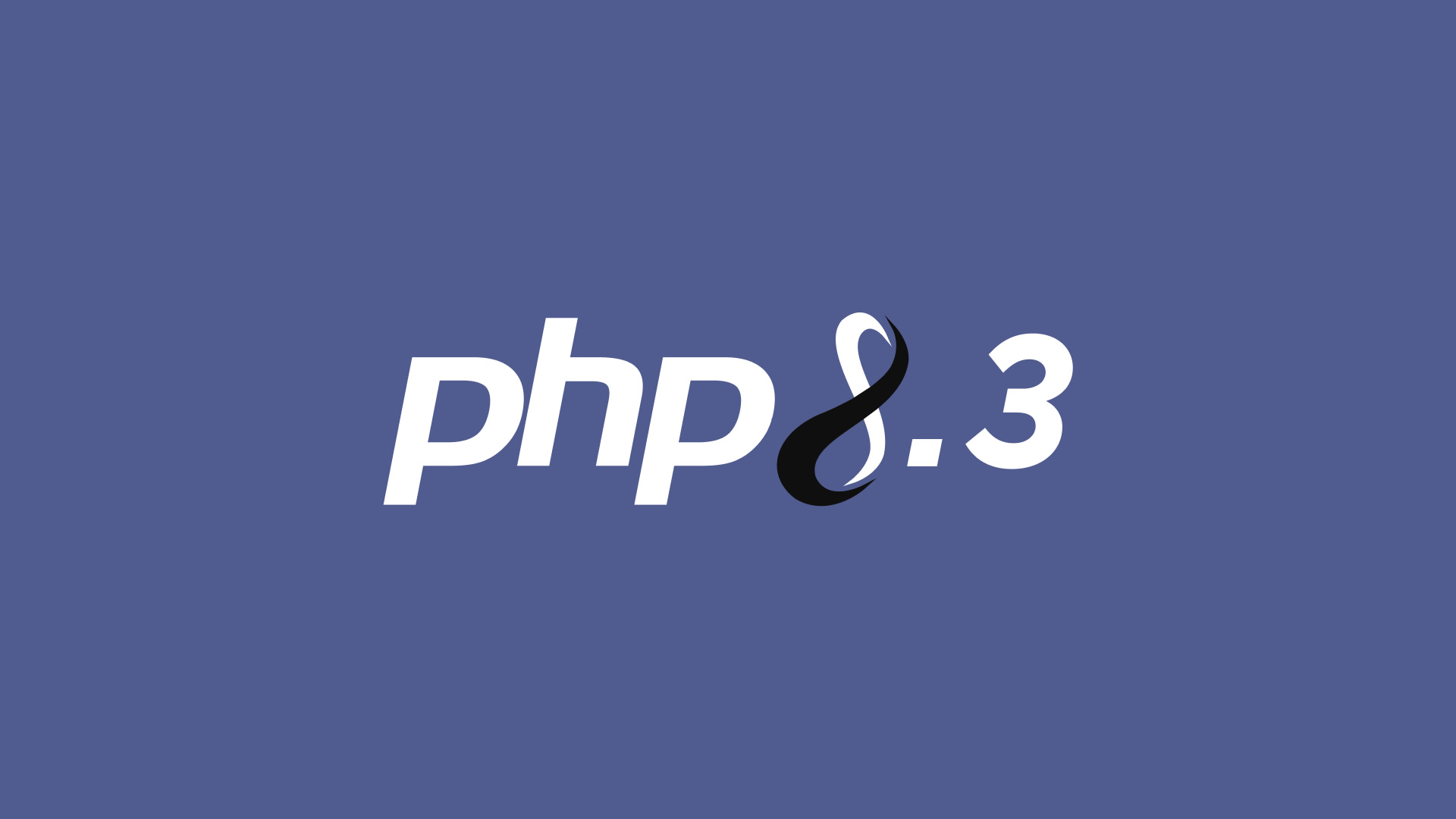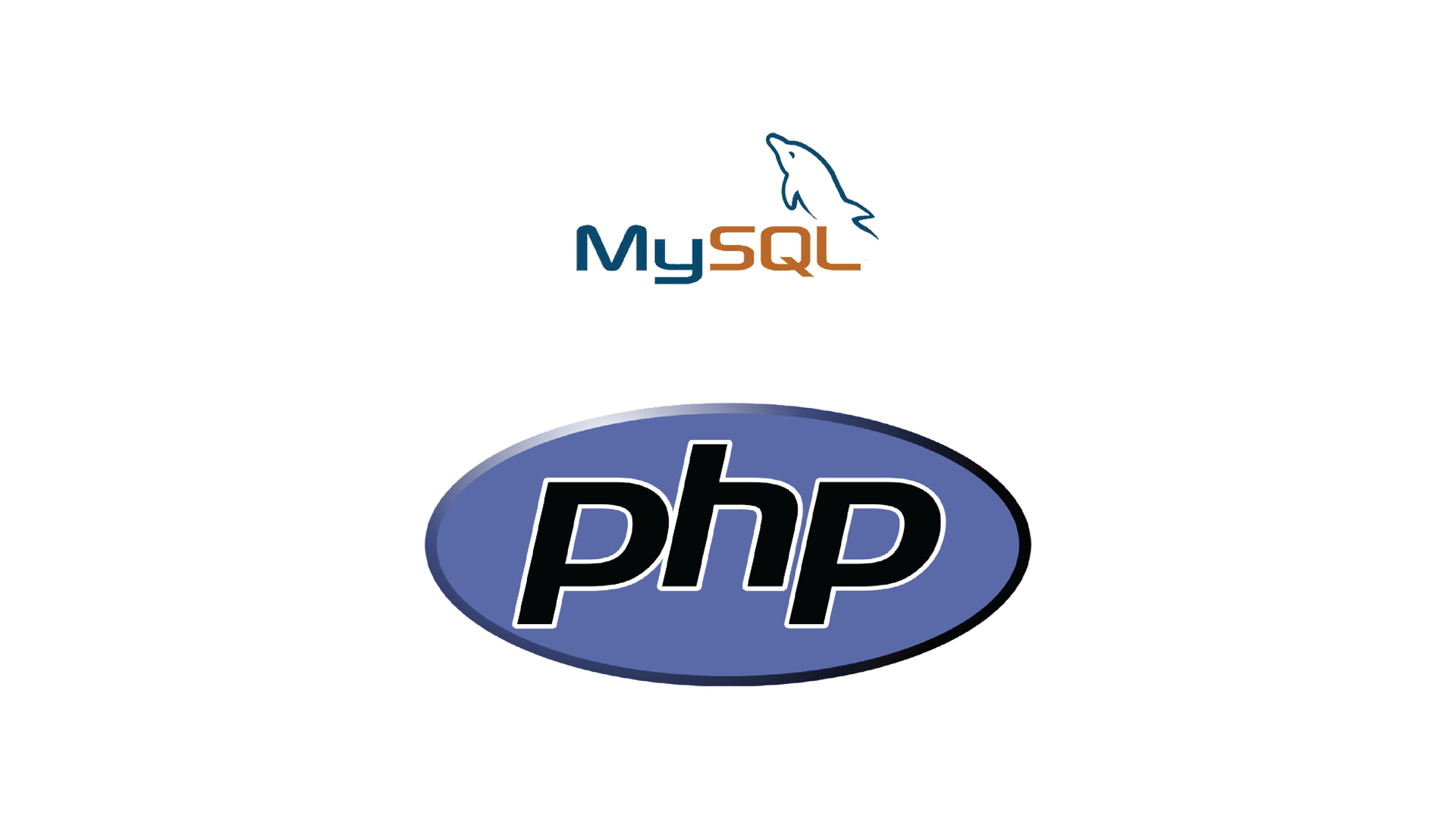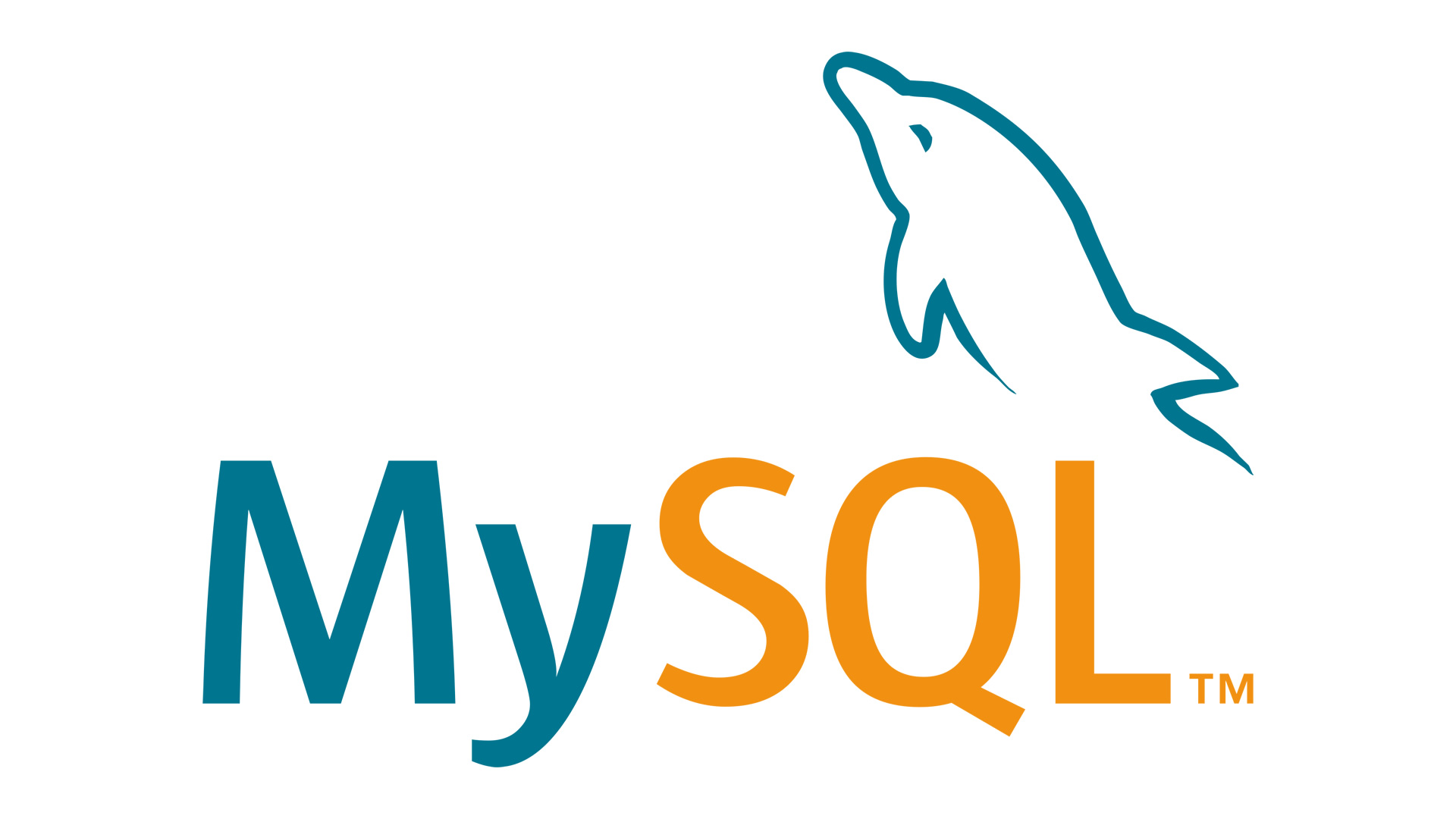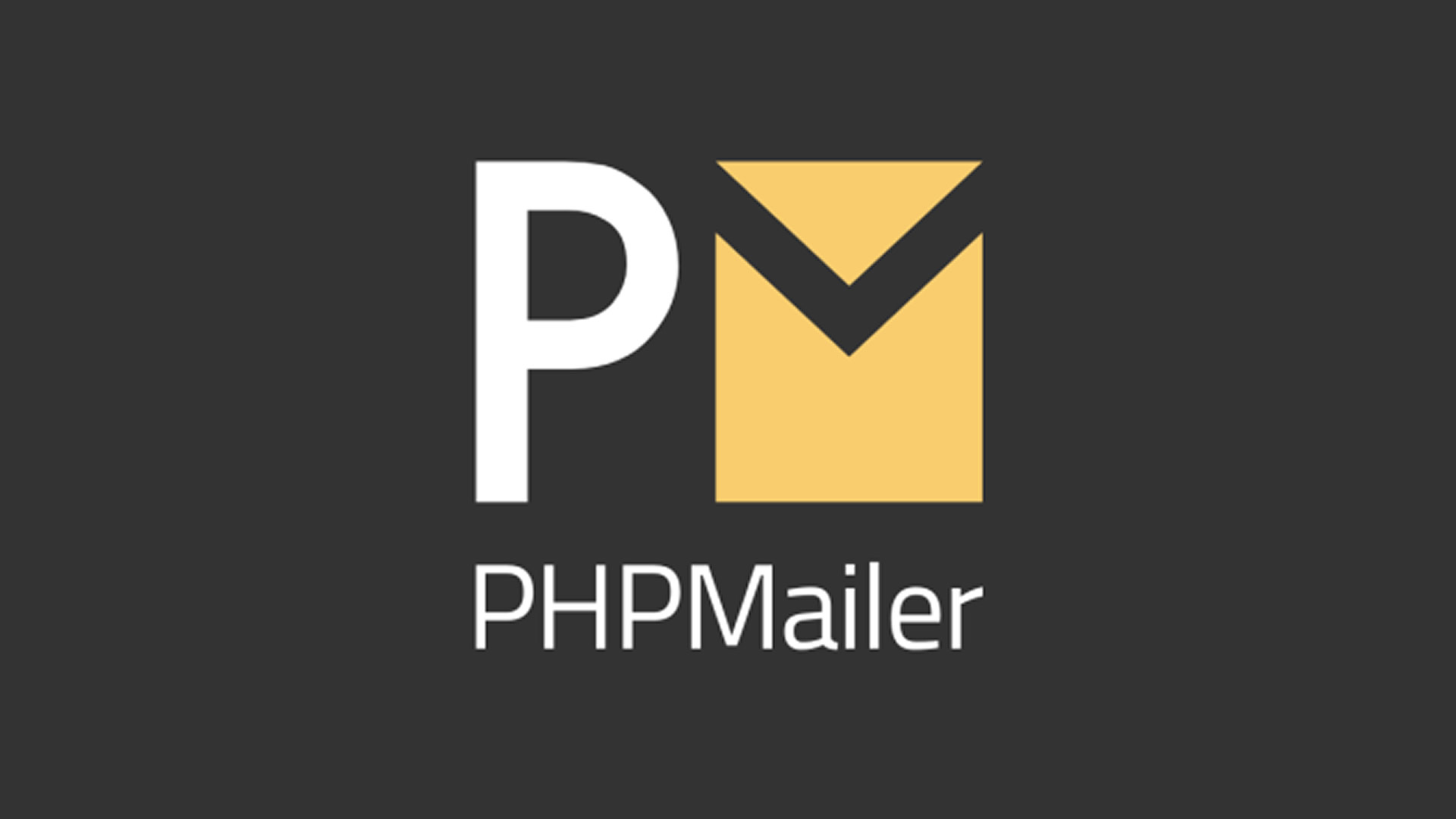You can detect browser language using PHP global variable $_SERVER, exactly $_SERVER[‘HTTP_ACCEPT_LANGUAGE’]
EXAMPLES:
1.
<?php
$BLang= Locale::acceptFromHttp($_SERVER[‘HTTP_ACCEPT_LANGUAGE’]);
echo $BLang; // Return: en
?>
2.
<?php
$BLang= locale_accept_from_http($_SERVER[‘HTTP_ACCEPT_LANGUAGE’]);
echo $BLang; // Return: en
?>
3. Using substr function to get the first two letters of the string.
<?php
$BLang = substr($_SERVER[‘HTTP_ACCEPT_LANGUAGE’], 0, 2);
echo $BLang; // Return: en
?>
4. Example of global variable $_SERVER[‘HTTP_ACCEPT_LANGUAGE’]
<?php
$BLang = $_SERVER[‘HTTP_ACCEPT_LANGUAGE’];
echo $BLang; // Return: en,en-US;q=0.9,en-GB;q=0.8,en-GB-oxendict;q=0.7,en-CA;q=0.6,en-IE;q=0.5,en-AU;q=0.4,en-NZ;q=0.3,en-ZA;q=0.2,de;q=0.1,de-DE;q=0.1,de-AT;q=0.1,de-CH;q=0.1,de-LI;q=0.1,pl;q=0.1,pt;q=0.1,pt-PT;q=0.1,pt-BR;q=0.1
?>
write your question bellow in the “Leave a Reply” form.
Thanks!
Detecting browser language is an important process for websites that cater to multiple audiences in different countries and languages. In this guide, we’ll discuss how to detect a user’s browser language in PHP.
In today’s globalized world, it has become increasingly important for websites to be able to detect users’ browser languages to provide a personalized experience. This is even more relevant for websites that offer content or services in multiple languages and cater to a wide audience.
Fortunately, detecting a user’s browser language in PHP is an easy process. The most common way to detect a user’s browser language is through their HTTP Accept-Language header. This header contains the list of language codes that the user’s browser supports.
To detect and analyze the Accept-Language header, we can use the $_SERVER[‘HTTP_ACCEPT_LANGUAGE’] variable. It is a comma-separated string of language codes ordered by priority according to the user.
Once you have the contents of the Accept-Language header, you can parse and analyze it. To do this, use the PHP explode() function. This function will break up the comma-separated list into an array of language codes.
Using the array of language codes, you can loop through each one and test if it is one of the languages supported by your website. If any of the languages in the list are supported by your website, you can set it as the language for that user.
In conclusion, detecting a user’s browser language in PHP is a relatively simple process. With the help of the $_SERVER[‘HTTP_ACCEPT_LANGUAGE’] variable and the explode() function, it is possible to parse and analyze the user’s language preferences and provide them with a personalized experience. This can be an important factor in providing an intuitive user experience across a wide variety of users.












